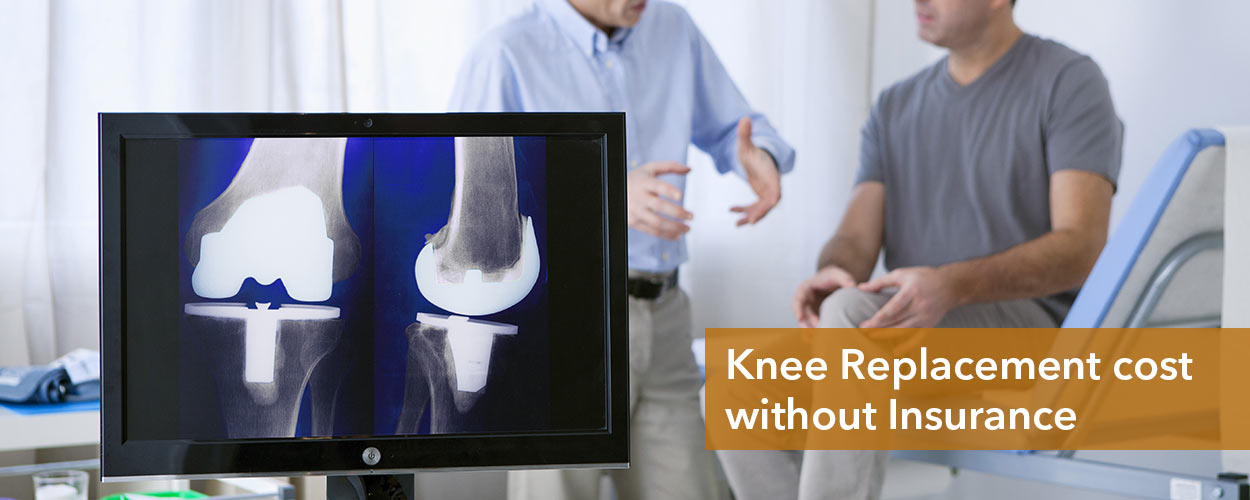What to expect from a knee replacement surgery?
Before the knee replacement procedure
Knee replacement surgery is a major operation that is performed under the effects of anesthesia. The choice might be general anesthesia, which makes the patient completely unconscious during the surgery, or spinal anesthesia, with which the patient remains awake but does not feel pain from the waist down. The right type is determined on the basis of the doctor’s recommendation and personal preference.
The patient also receives intravenous antibiotics before, during, and after the procedure in order to prevent post-surgical infection. Sometimes, a nerve block is also administered around the knee to numb it. The doctor will discuss and ask about the medications the patient is taking and if they can raise the risk of surgery or postoperative complications, advise them to stop taking those medications.
During the knee replacement procedure
The total knee replacement can be performed with either Cruciate retaining or posterior stabilized approach, depending on the patient’s needs.
The surgeon then makes the incision to expose the kneecap and the joint bones. The damaged joint is cut away with special instruments. The standard open approach involves a long incision while minimally invasive knee replacement is performed with small incisions. The latter results in less surgical trauma to tissues, faster recovery, shorter hospital stay and fewer chances of post-operative complications.
The joint surfaces are first prepared for the attachment of the parts of the artificial joint. The metal femoral and tibial implants are placed and fixed with the cement or press-fit method. Then a plastic button is inserted underneath the kneecap, also known as the patella.
This may require resurfacing the kneecap for to better fixation of the button.
The incision is closed with sutures. The surgeon may bend and rotate the knee, testing it to ensure proper function.
After the knee replacement procedure
The patient is moved to a recovery room after the surgery for a few hours. The medical team monitors the patient and once the effects of anesthesia subside, they are shifted to the inpatient hospital room.
Depending on the type and technique, the patient may get discharged from the hospital on the same day as surgery or stay for a couple of days. The doctors administer antibiotics and pain medications to control the pain and discomfort.
While in the hospital, the patient is encouraged to move the foot and ankle to increase blood flow to the leg muscles and prevent swelling and blood clots. Some patients are recommended to wear support hose or compression boots to further prevent swelling and clotting.
The physical therapy and medical team guide the patient to gradually move around and take small walks. Gradually, the activity level is increased to strengthen the muscles and improve the range of motion. After leaving the hospital, the patient has to continue physical therapy at home or at an outpatient facility.
It is important to do all the exercises regularly, as per the instructions and take care of the precautions.












